Out of Africa
My name is Lin Qi, and I am from China. I live in New York. I am a photographer, but I also do other jobs to fund my photo projects.
I love photography more than anything else. It may be because I am visually impaired by birth and cannot see things so well as other people do. I have been wearing my glasses since the age of 3, and I am night blind. Ophthalmologists have been telling me that one day I might lose my sight completely because my retinas are fragile. That is why I always have the urge and curiosity to see the world, visit more places and meet more people. In so doing, photography offers the best tool to keep the evidence of my seeing.
Most of my photos are about Africa. My relation with African originates from my grandfather. He was a doctor specialized in infectious diseases and worked in Mogadishu, Somalia, in the late 1960s, as a member of the earliest medical teams sent by the Chinese government. His adventurous stories about Africa inspired me and led me to the continent.
Just before going to Africa, I bought my first camera, a Nikon DSLR, in 2010. Then, I went to Kenya in March 2011. At that time, I was working for a Chinese state-owned company, and photography was my hobby. As I was managing a project to build schools all over Kenya, I had the opportunity to visit many parts of the country and live with local populations. Through this experience, I developed my own approach to photography – an immersive approach by trying to be “one of them”.
A turning point for my photography came in 2015, when my grandfather passed away. After his death, I tried to find more stories about his life in Somalia, but what I found was only three photos of him taken in Mogadishu. I felt like I had lost an important part of his life story. At the same time, I also thought that many other similar stories were lost in history. Thus, I decided to spend more time in photography to document people’s life stories and express my feelings.
In 2015, I quitted my job and started “my journey of photography”. Actually, in the beginning, the journey was not meant for photography at all. I just wanted to do something I was interested in, such as exploring the Sahara desert. So, as my first trip, I went hitchhiking from Cairo to Khartoum along the Nile River with my friend for one month in 2016. On the way, I received a huge amount of help from Egyptians and Sudanese. In return, I took photos for them. I had a small Fuji-INSTAX camera and gave the INSTAX film to those who helped me.
During this trip, I was just a normal traveler with a lot of camera gears – one Nikon D4, three lenses, Profoto B1 strobe, 1-meter octabox, tripods as well as one Leica Q. With these gears, I stayed in all kinds of places, ranging from police stations to train stations, churches, mosques, gold mines and limestone mining areas. Nothing was planned. Sometimes I would stay in the same area for days, and other times, I would travel 1,000 km a day.
Later, years of travel experience forced me to trim down my camera gears into a minimum. In the end, I almost only used Leica Q during my fieldwork, but the problem of Leica Q was: (1) not weather-sealed; (2) fixed lens; and (3) its repair takes months and is expensive. During my 2 years with Leica Q, the camera was under repair for 6 months. I also had to change the whole lens of Leica Q due to accumulated dust inside it.
By the end of 2017, as my family was moving to Gabon, I needed a tougher and more versatile camera which has the same image quality as Leica Q. After extensive research, I bought a Fujifilm X-Pro2 with XF23mm F2 and XF50mm F2, while selling out the Nikon DSLR.
Since then, the X-Pro2 has been my companion for every trip for the following reasons. First of all, although it does not have a full-frame sensor, its image quality is as good as Leica Q and even better in high ISO. The auto-focus of my two Fuji lenses is also very fast and sharp. Moreover, the X-Pro2 can make long exposures which Leica Q cannot handle. In addition, the X-Pro2 and its lenses are light and compact, so I do not need a camera bag anymore. I would just hang the camera on my shoulder all the time, and put the lenses in my jeans’ pocket. Furthermore, it is very strong.
Indeed, I broke all my previous cameras at certain point, but not the X-Pro2. Yes, I kind of broke the eye cover and bent the metal lens hood, but I can still use it without sending it to a repair shop. Lastly, the customer service of Fujifilm is quick and excellent. For instance, I bring my cameras to a Fujifilm shop for one-hour cleaning once a month for free.
The first ‘test’ for the X-Pro2 was a trip to Japan in 2018, when I went on a famous Buddhist pilgrimage. I walked 1,200km on foot around the Shikoku Island from the snowy winter to stormy spring for one and half months. Then, I lived in a very humid country, Gabon, for eight months. I took photos of nature conservationists in the tropical forests and sea turtles on the seaside. After that, the X-Pro2 traveled with me to more countries – China, Switzerland, Tunisia, São Tome and Principe, Ethiopia, Kenya, Angola, Rwanda and the Democratic Republic of Congo. The X-Pro2 performed consistently well under these extremely harsh conditions in the field.
Besides its toughness, I also like the rangefinder looking. I never use the optical viewfinder, I always stick to the EVF. Furthermore, the design of the X-Pro2 is much more low-key. In some locations, you don’t want people to think you are a journalist with a fancy camera. So, I almost never use the back screen except when I have to take photos near the ground.
This year, I got the new X-Pro3. I like the design of the X-Pro3, almost looking like a film camera. I look forward to travelling with both X-Pro2 and X-Pro3 in the future.
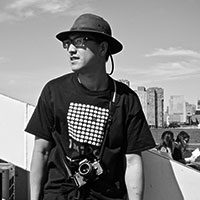
“I am a Chinese photographer based in NYC. Before I started this career as a photographer, I was a project manager in Africa. I am interested in documenting how our daily life is changing as well as how we are globally connected to each other.”

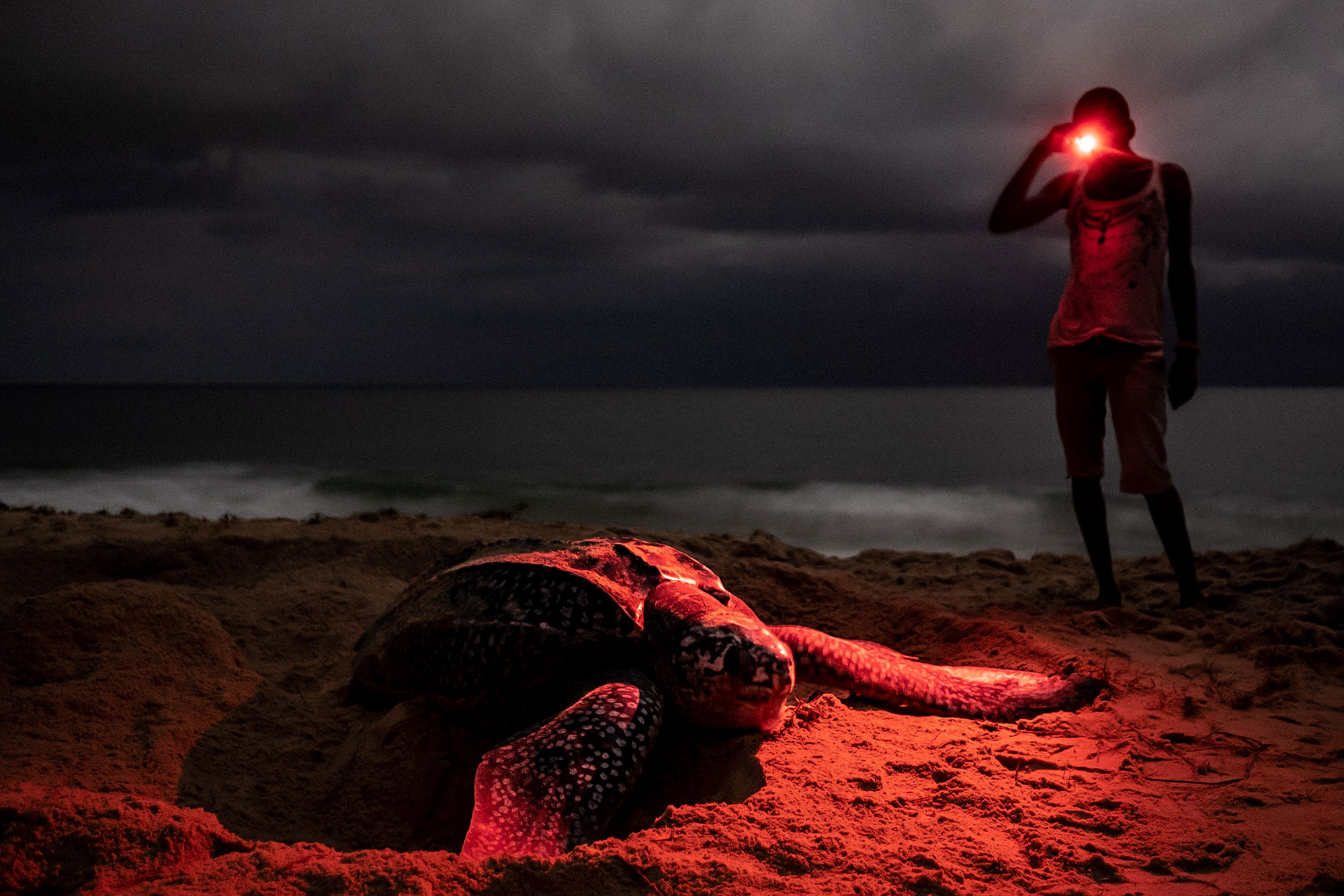
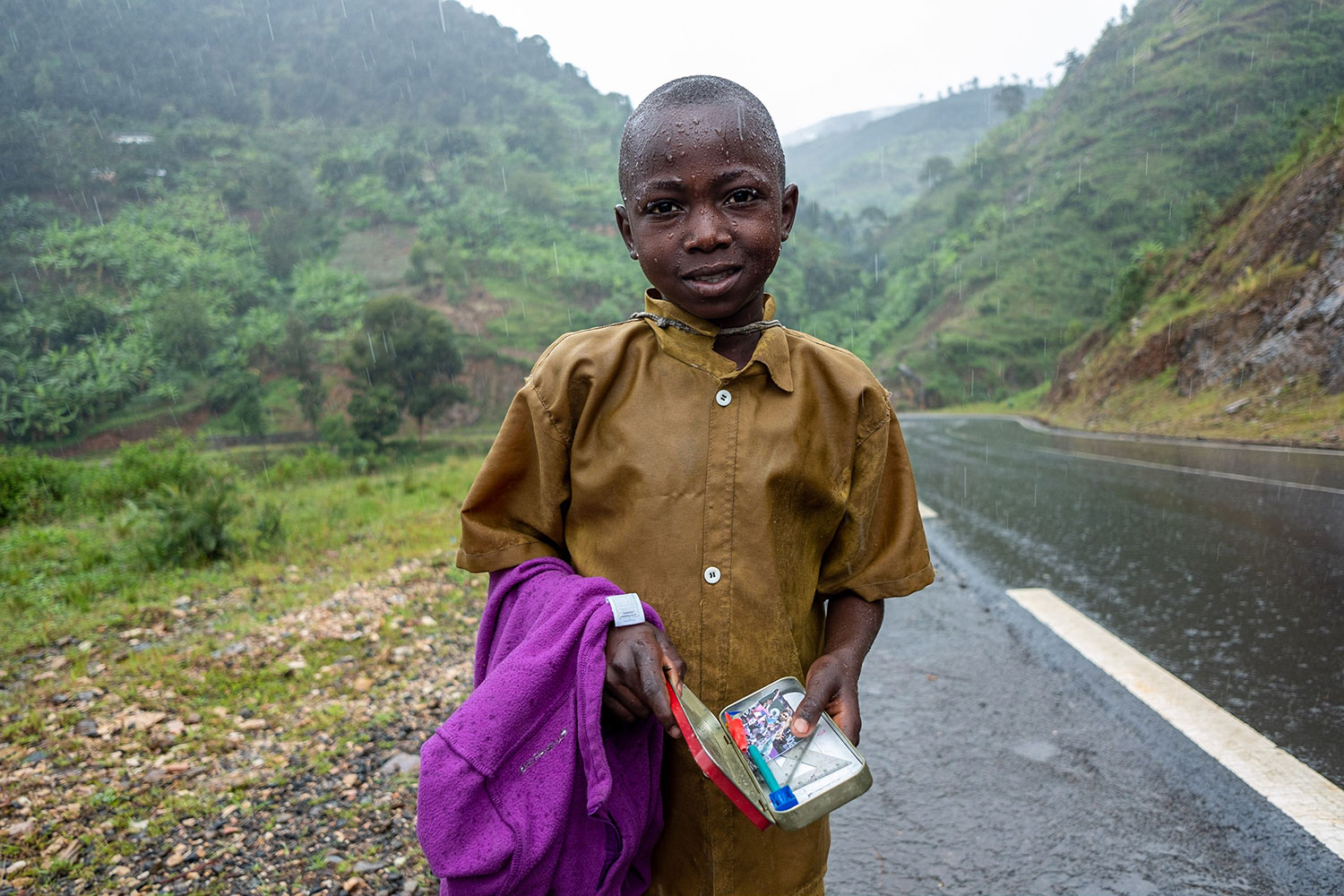
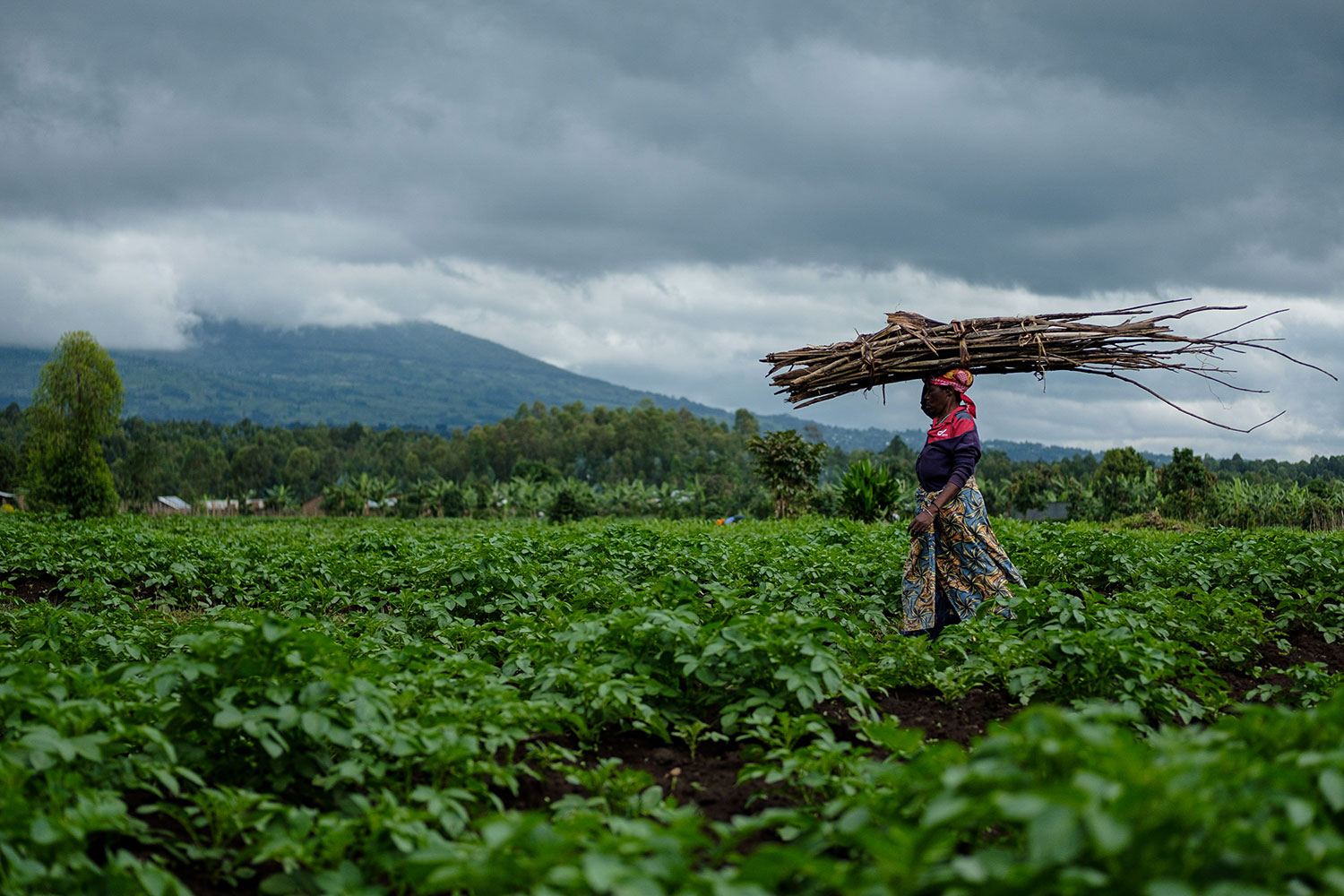
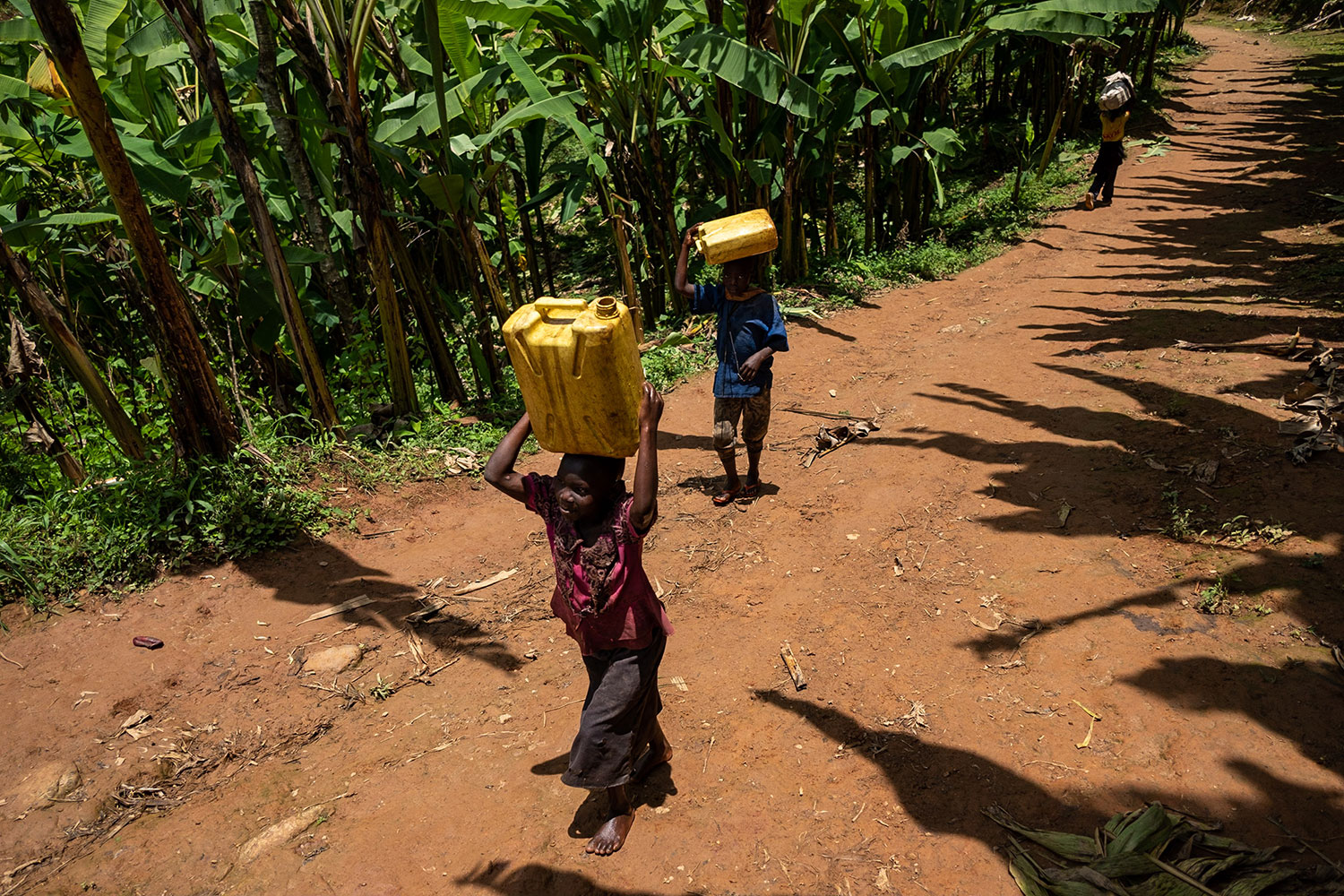
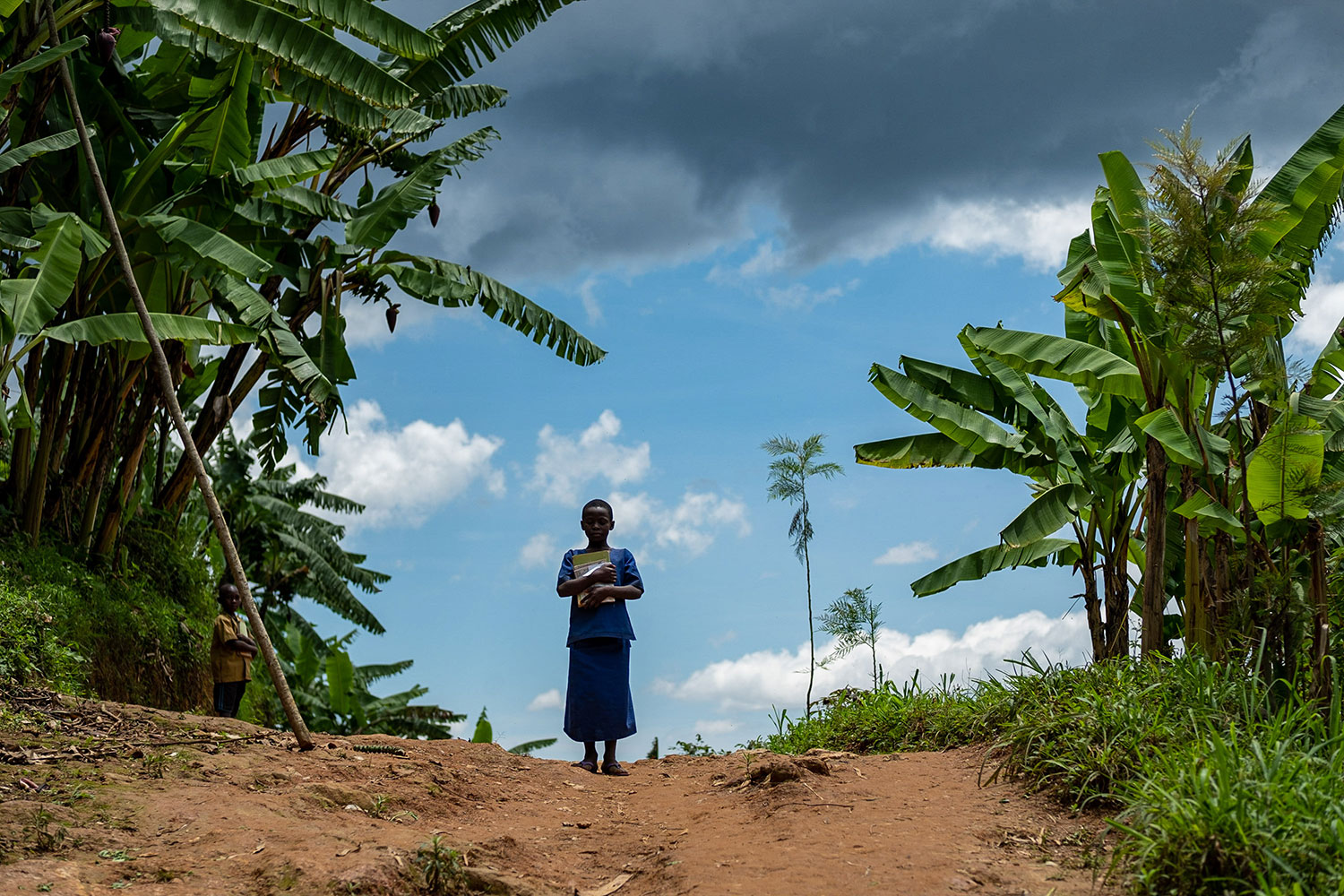
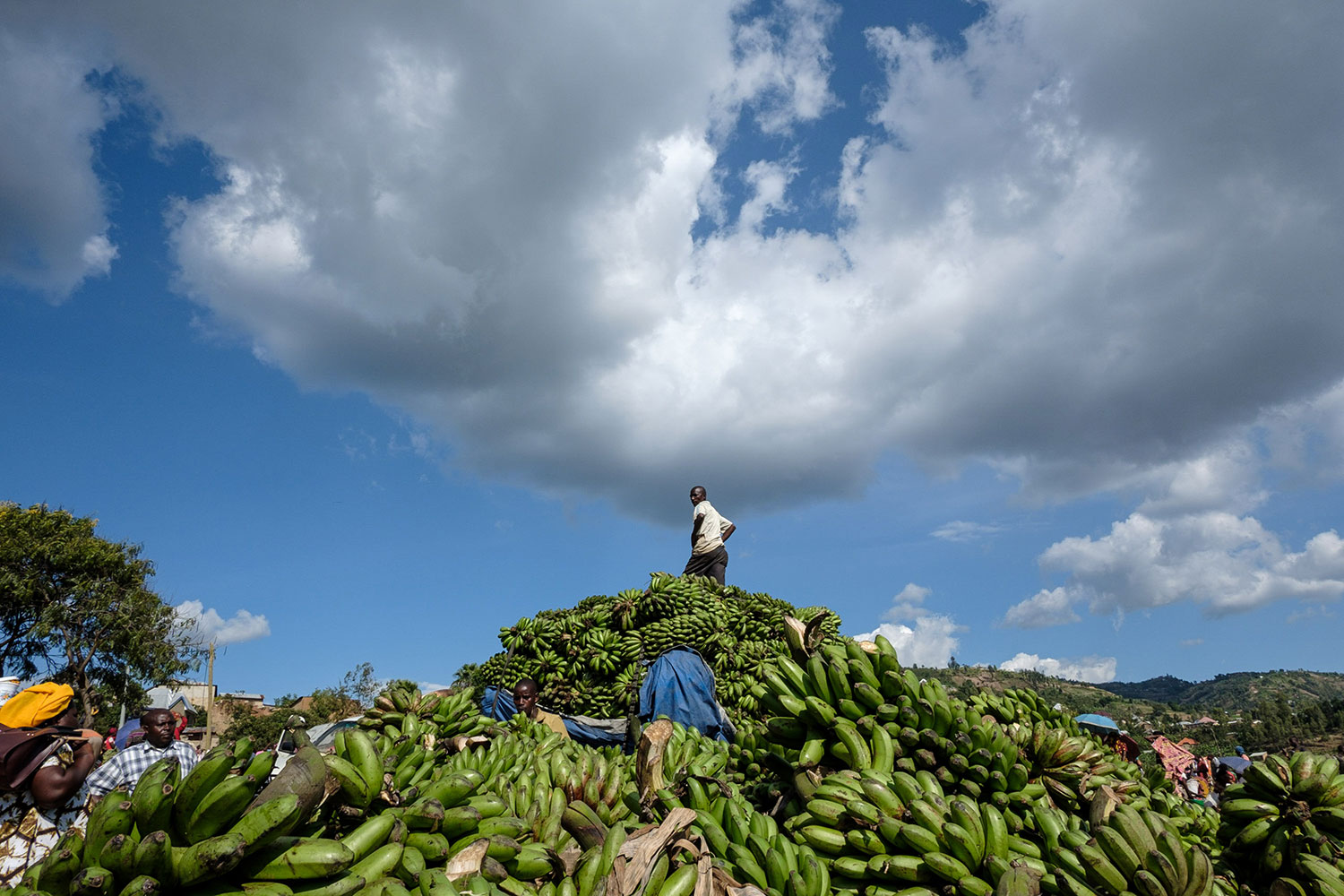

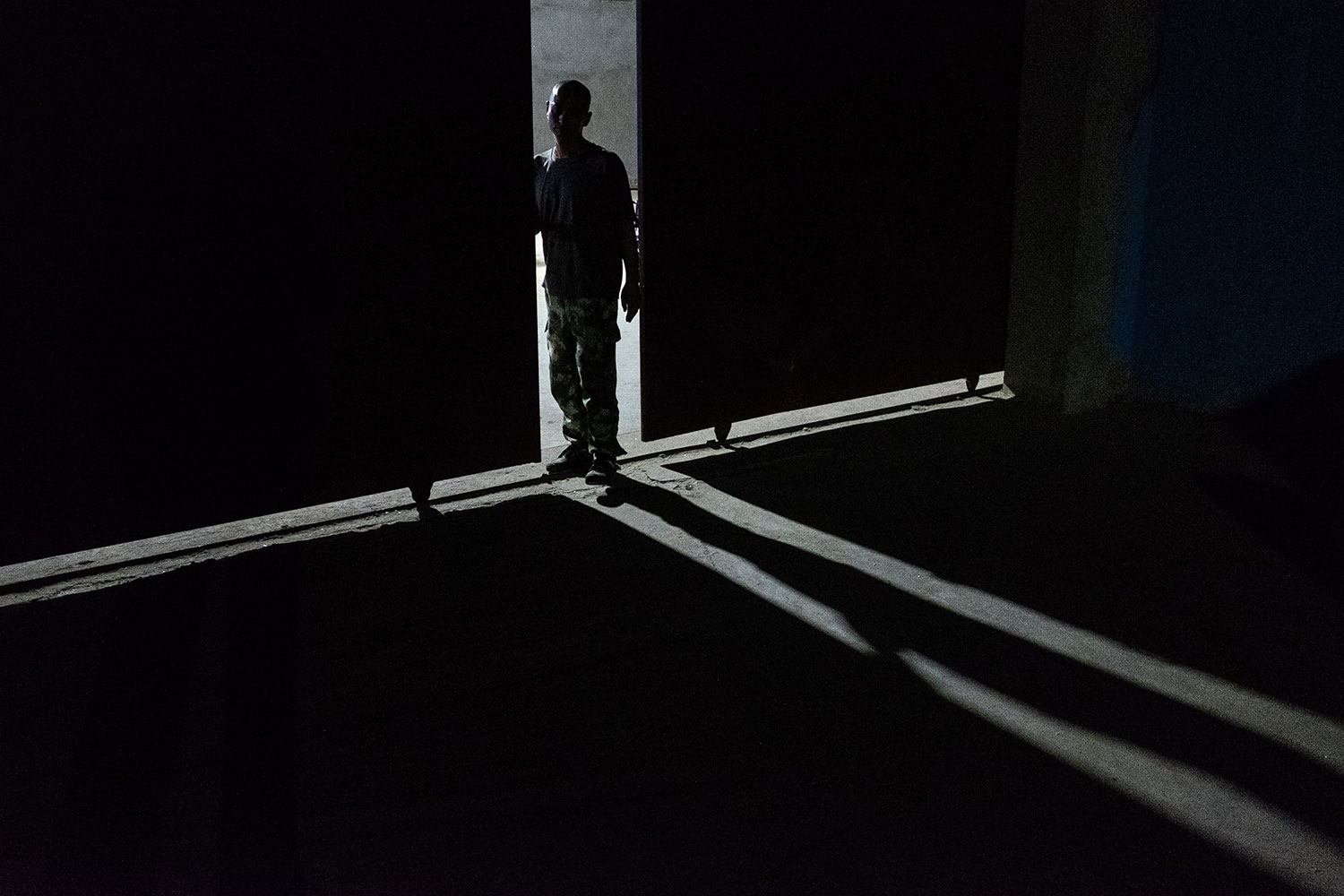
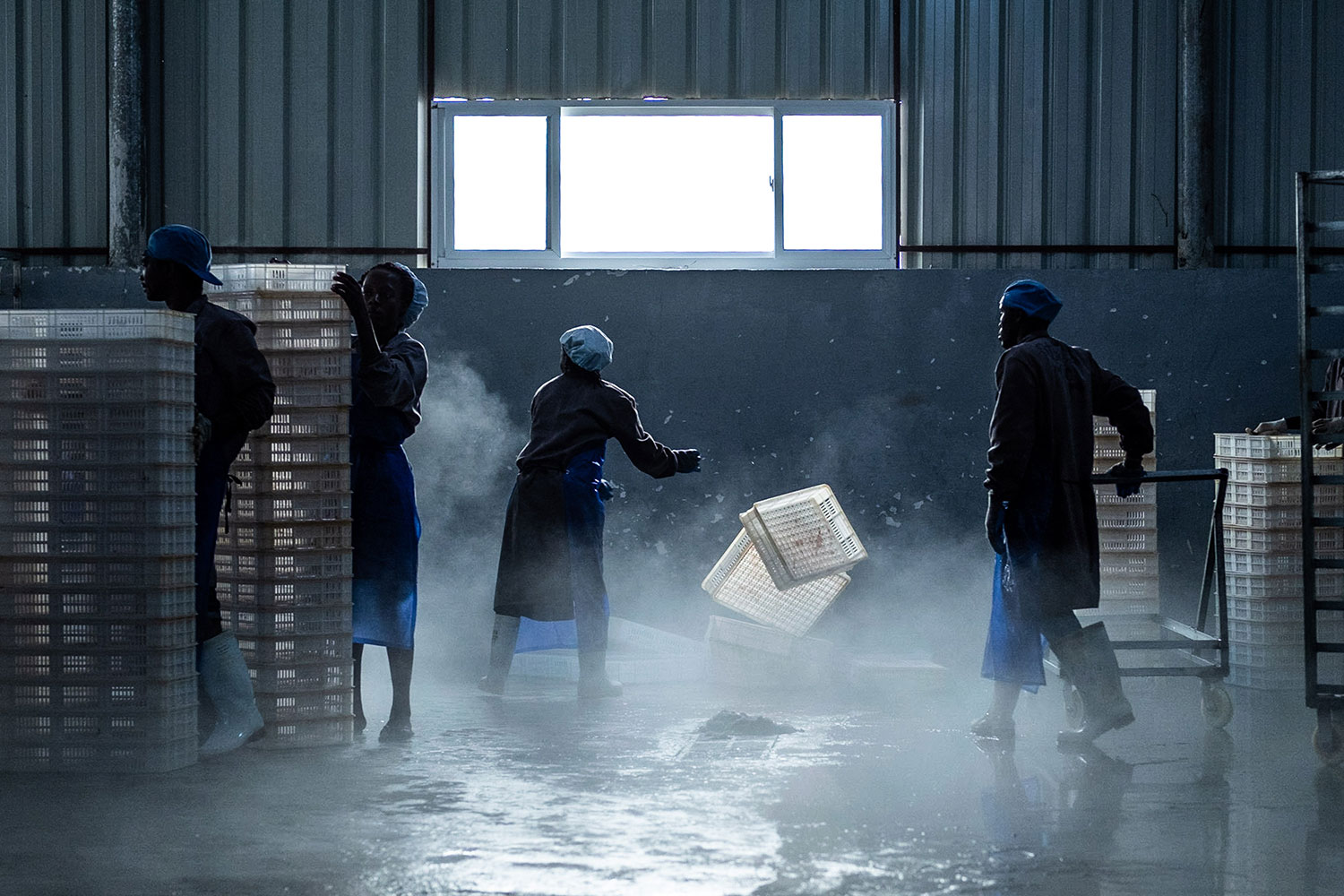
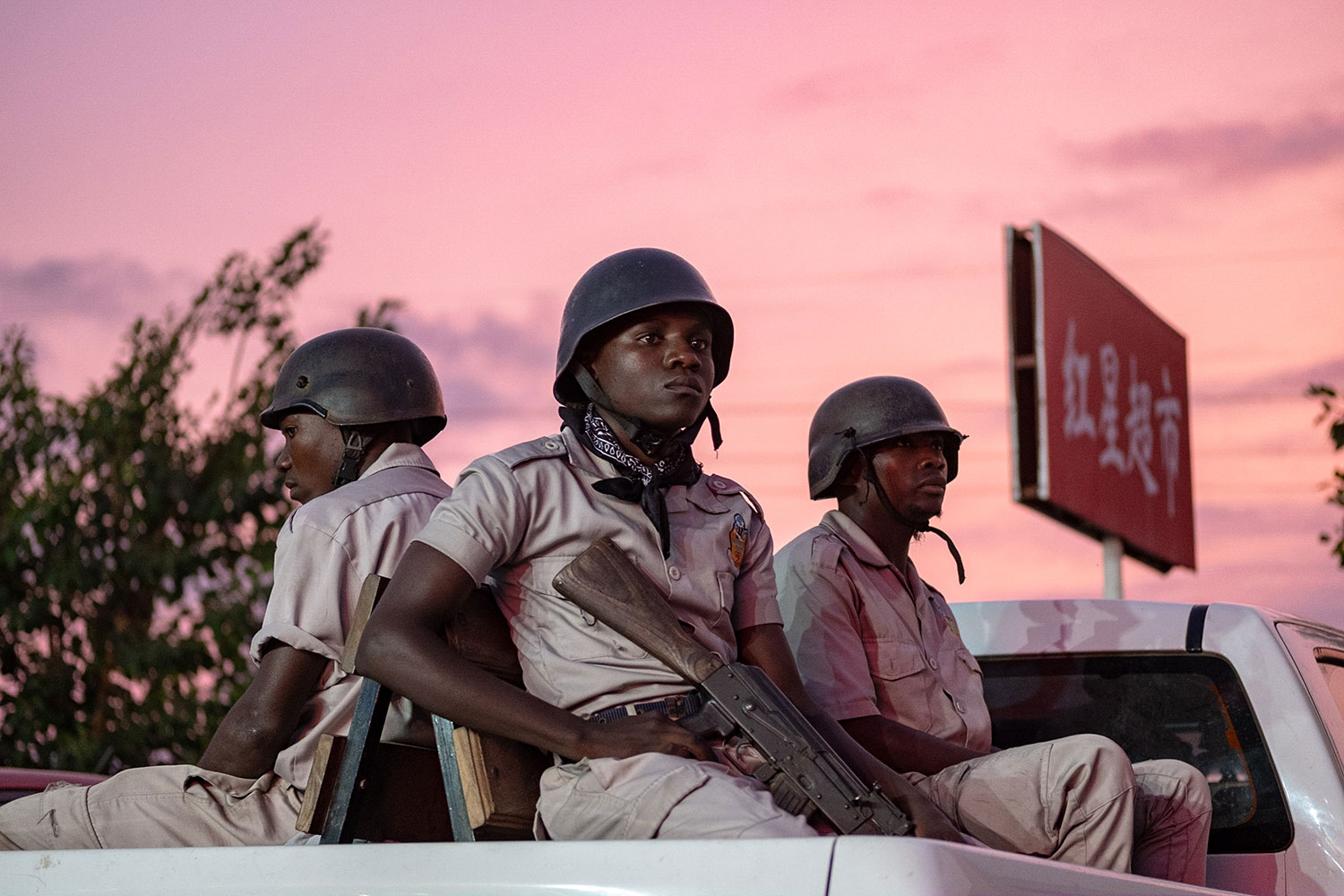
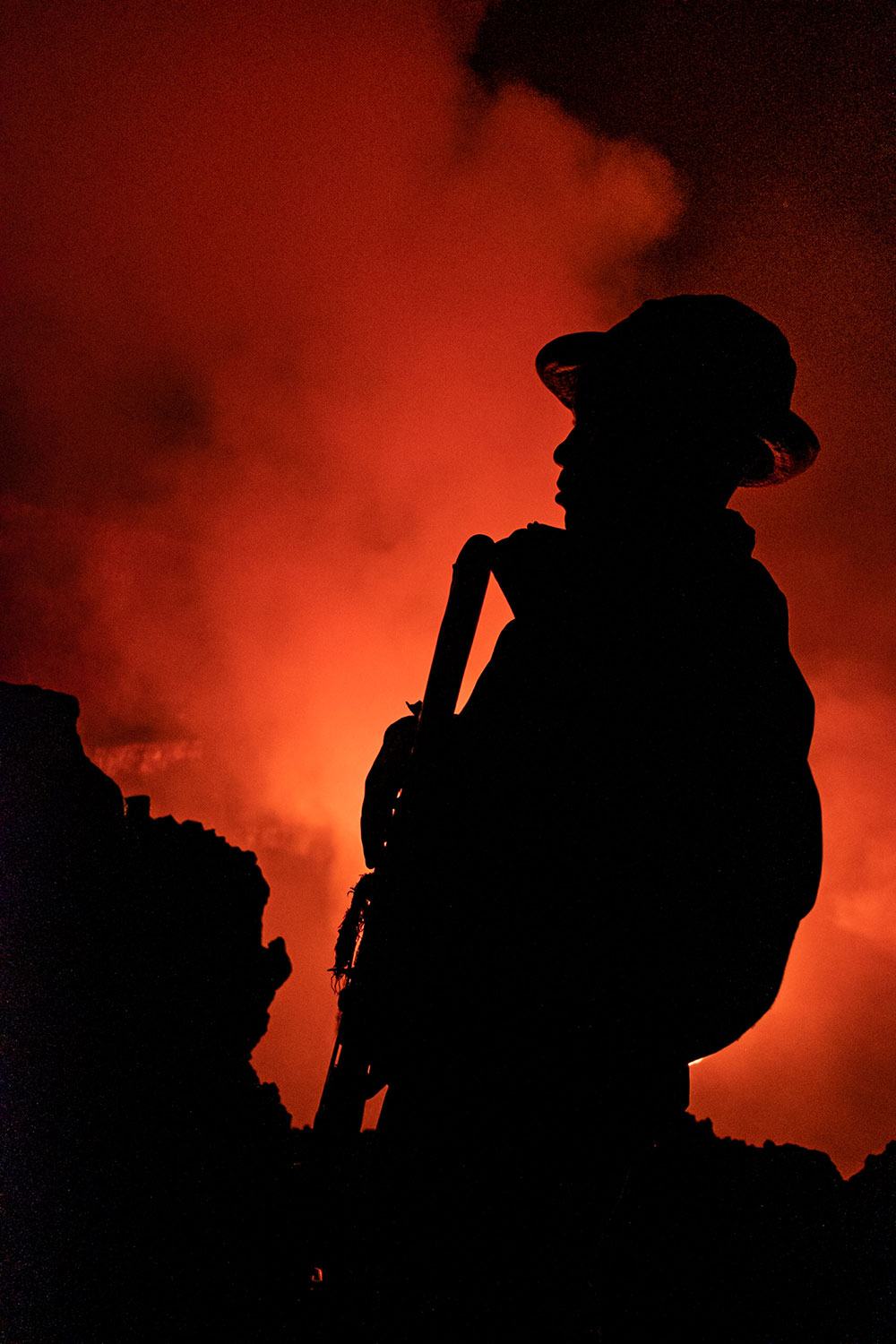
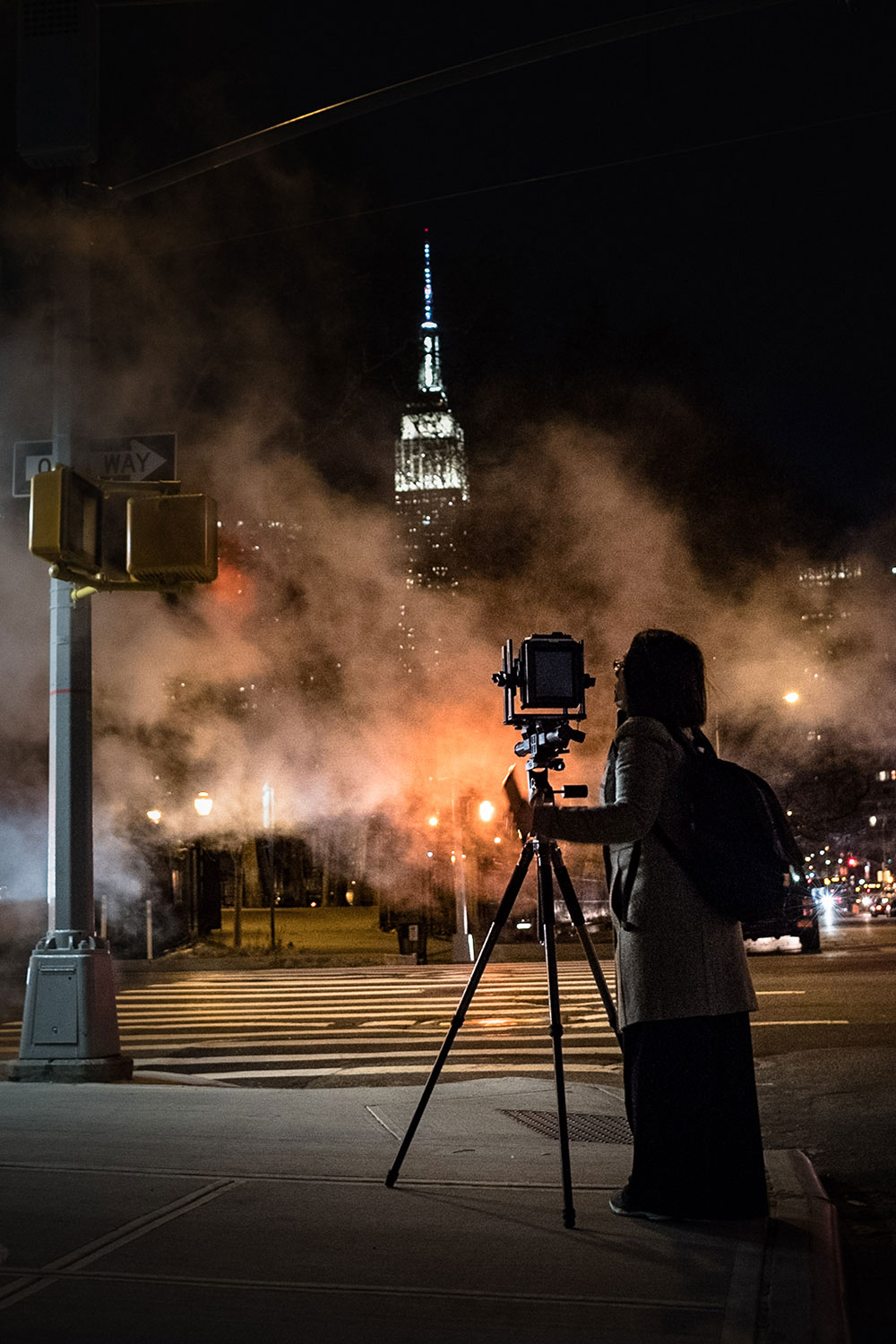
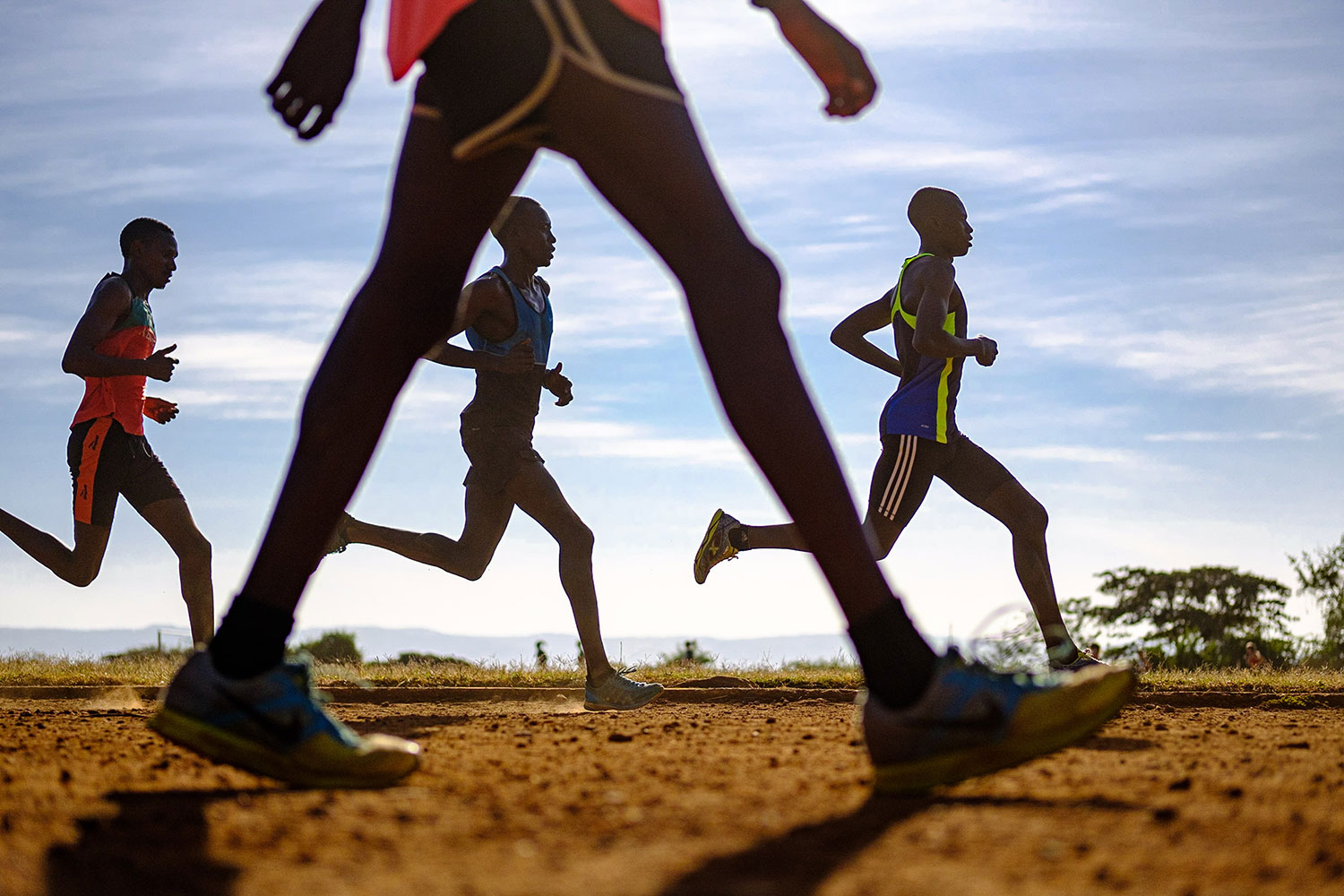
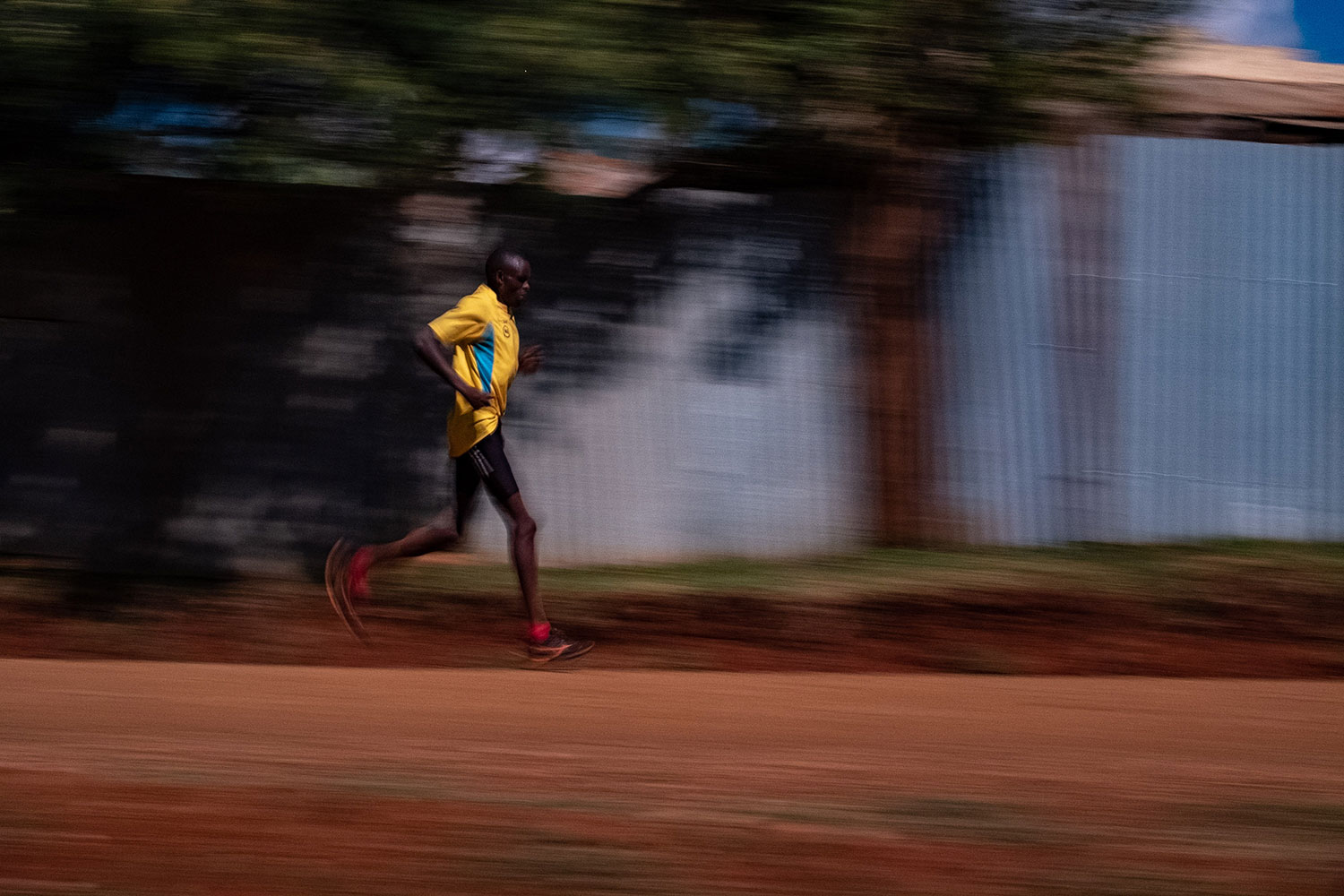
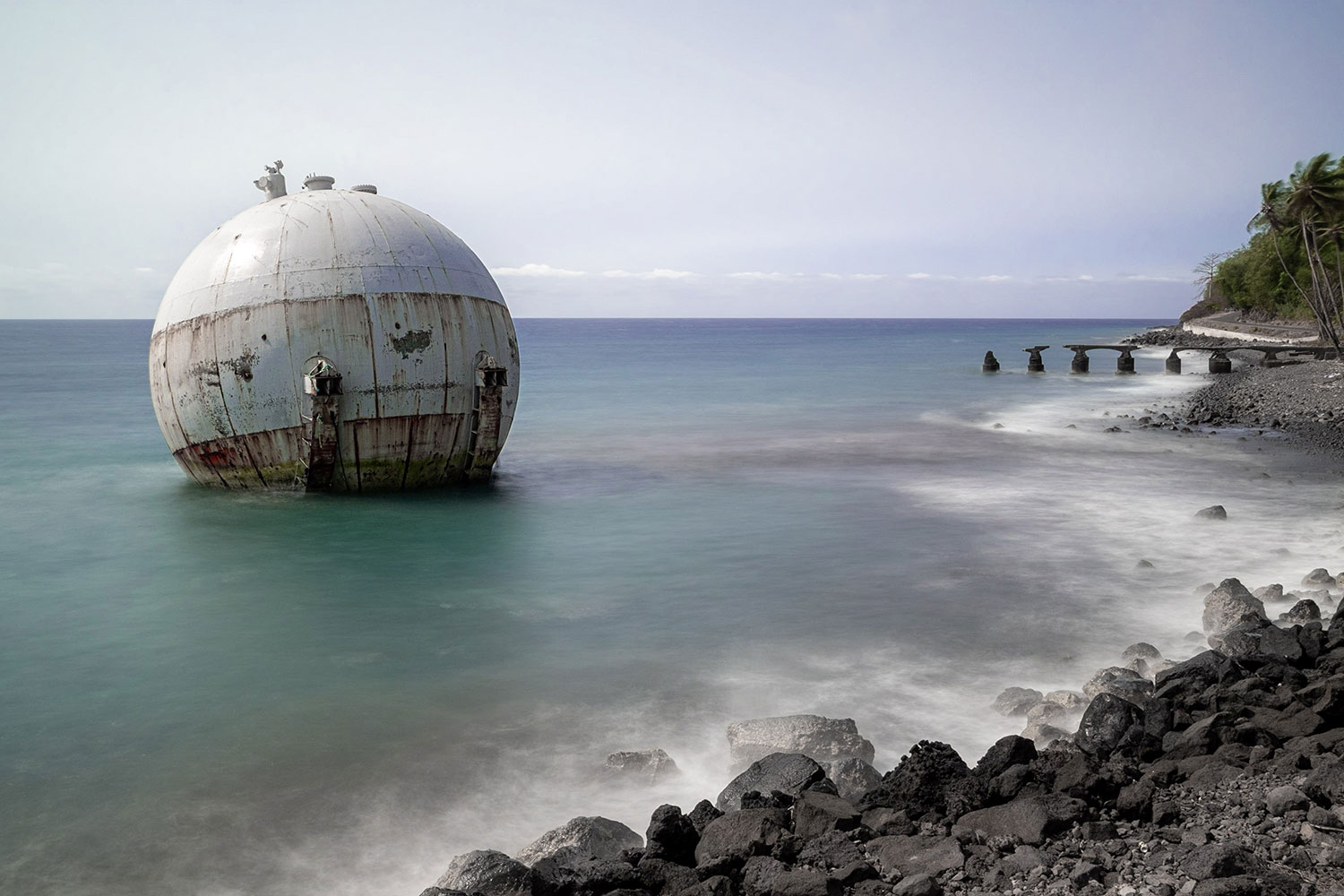
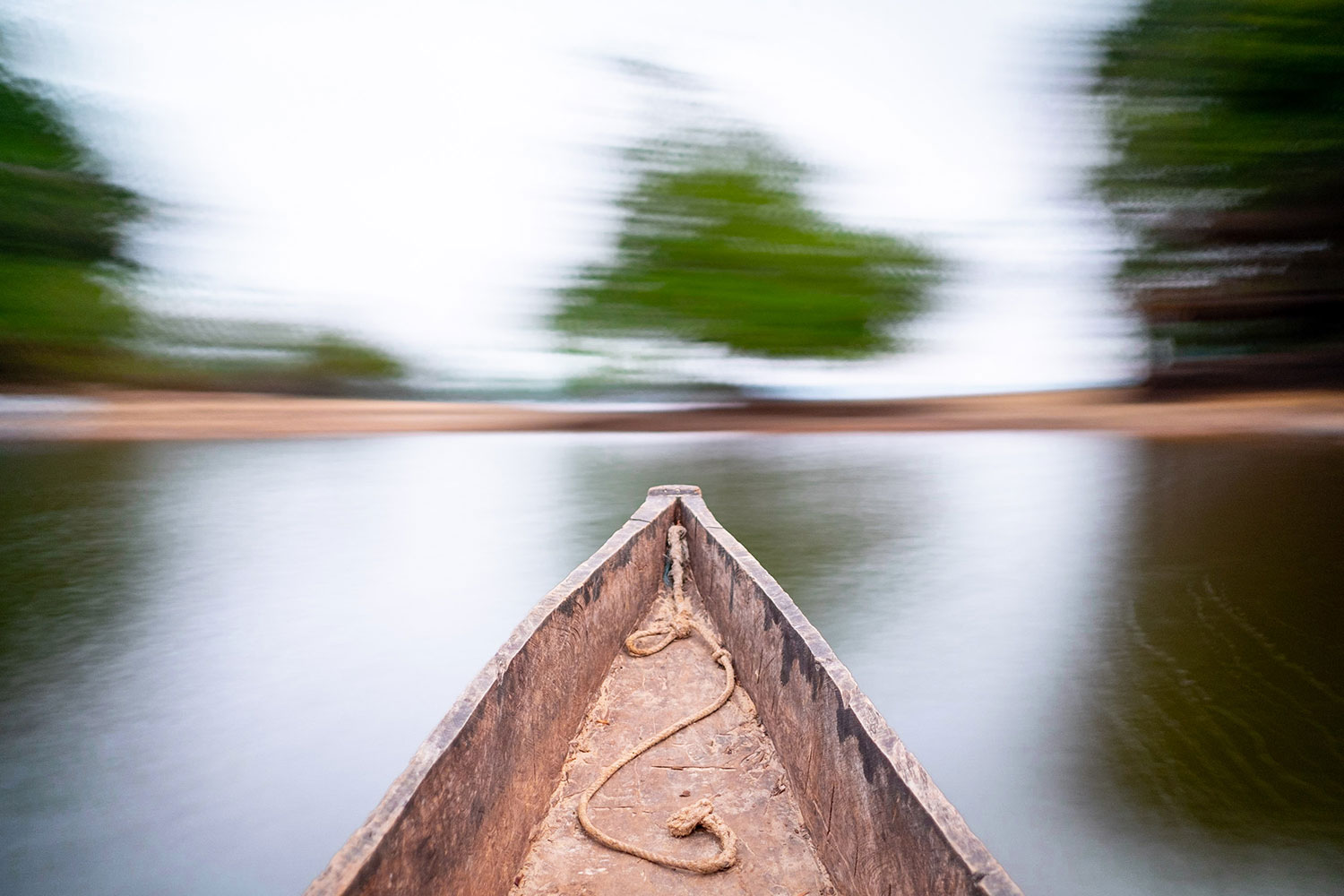
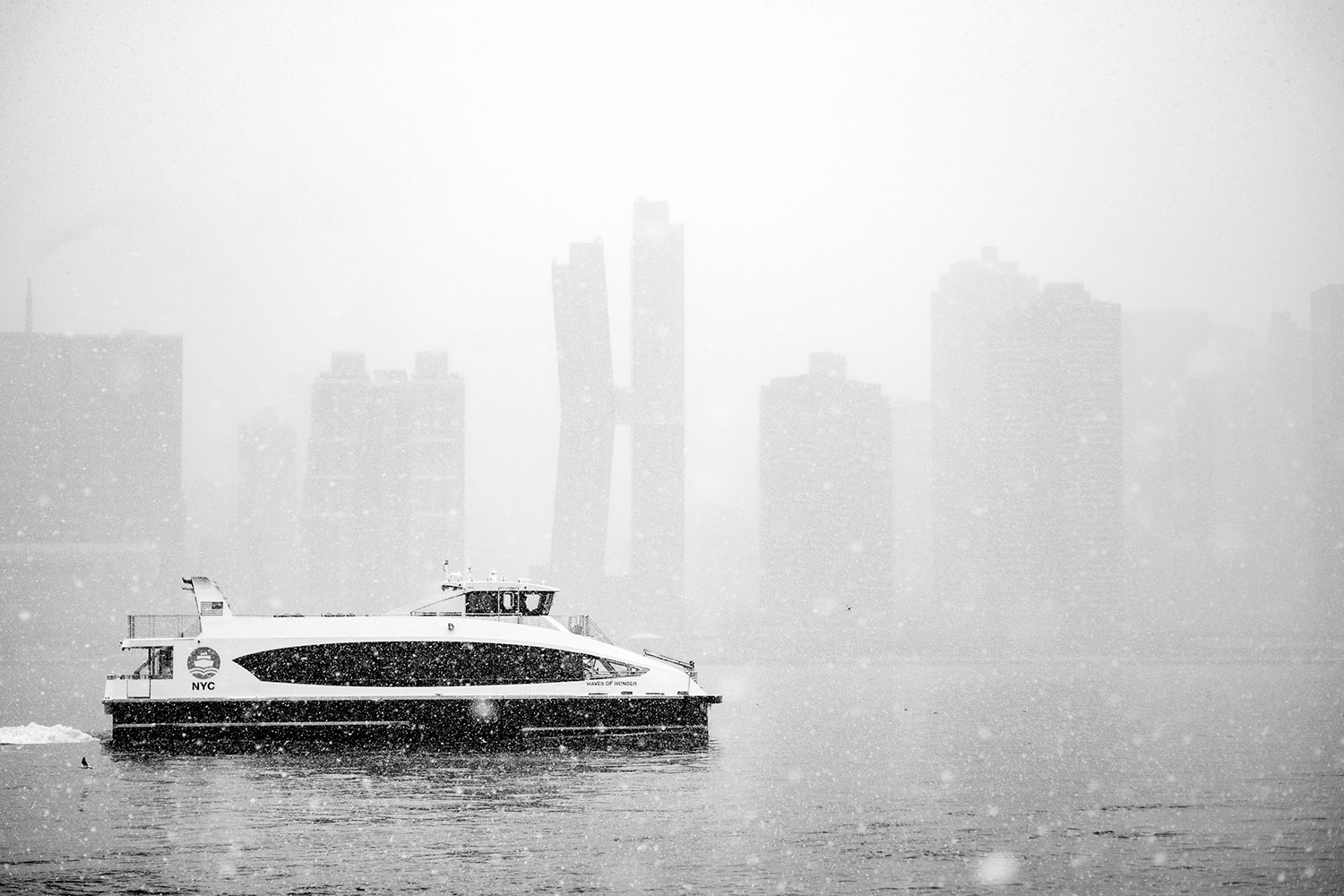
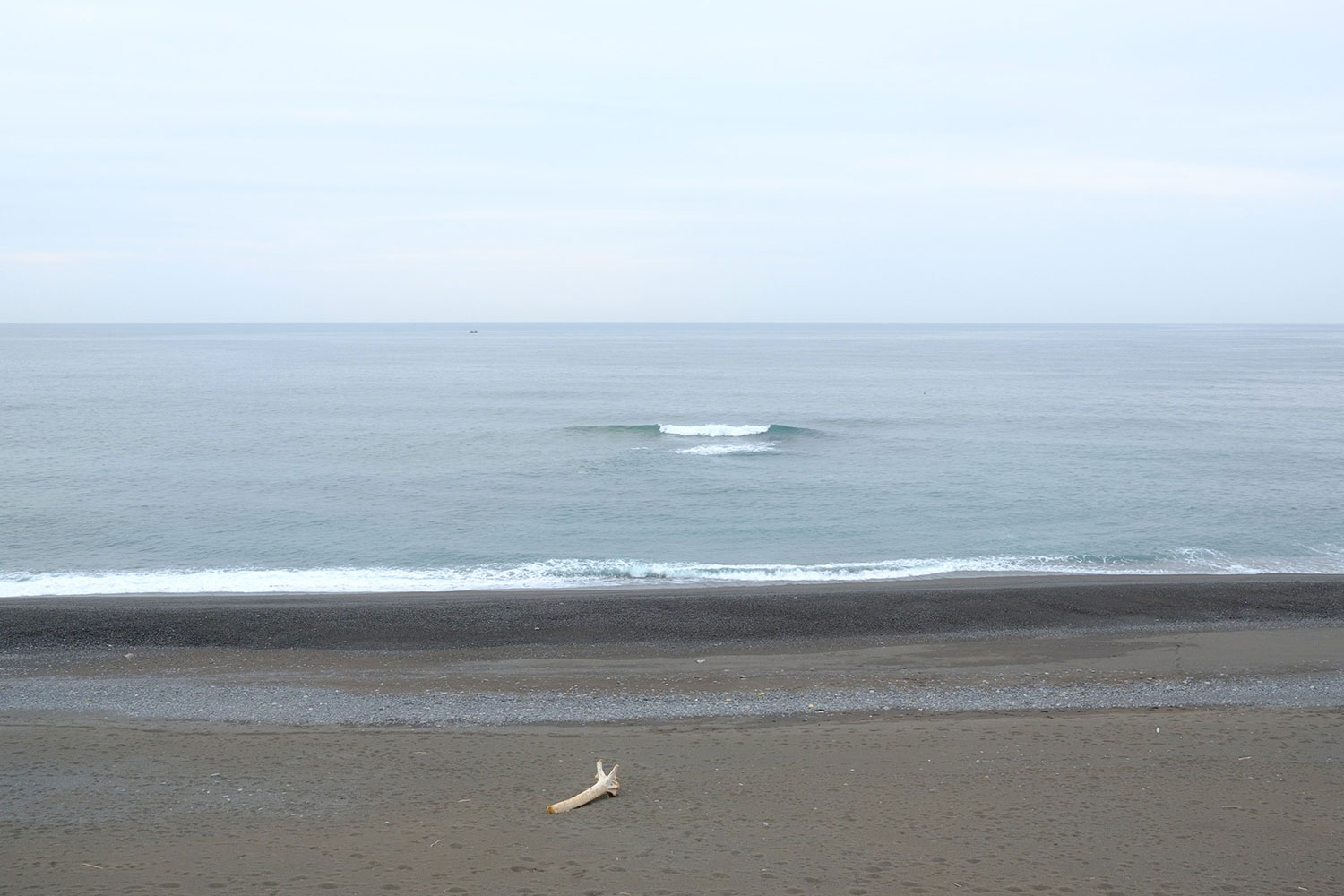
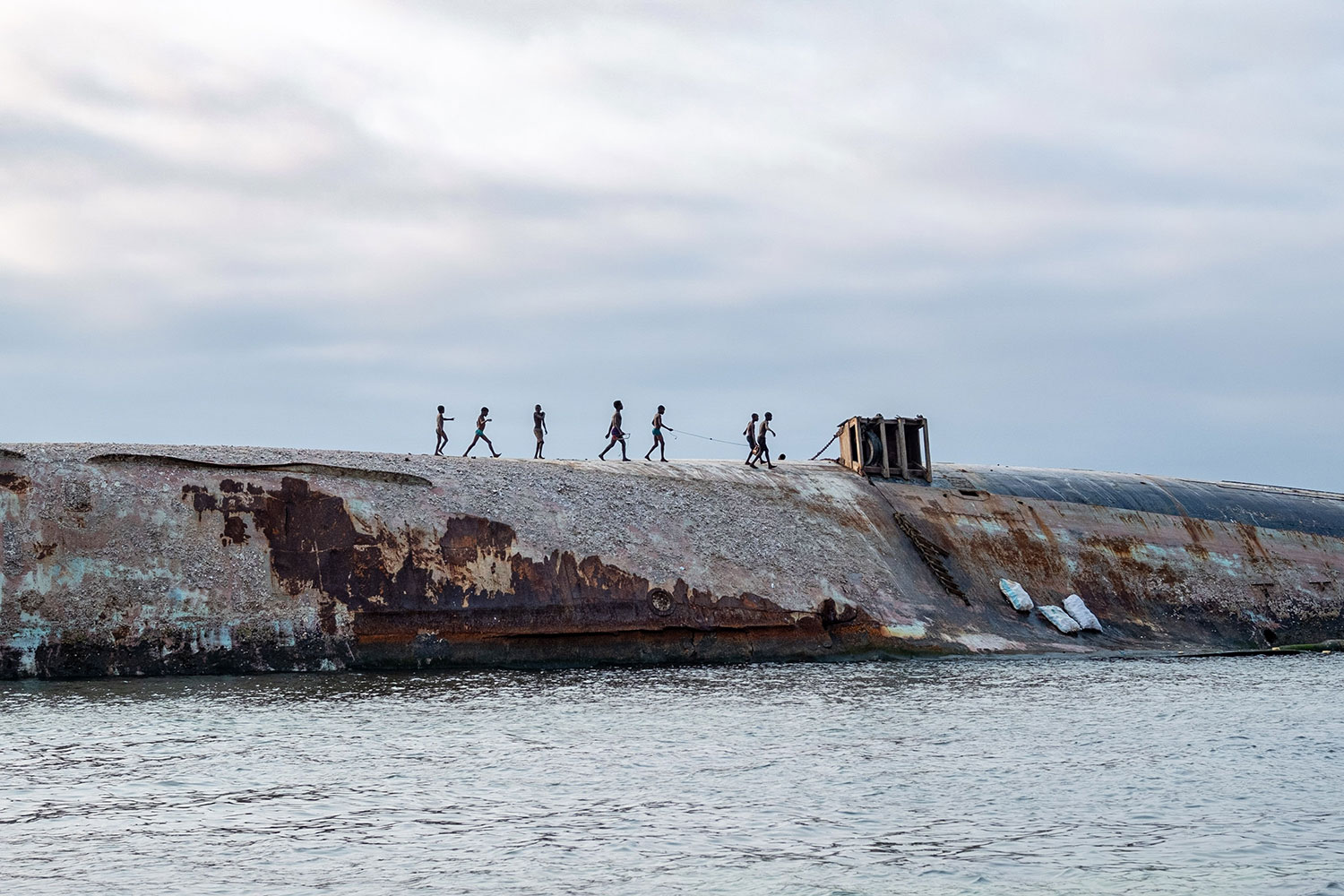
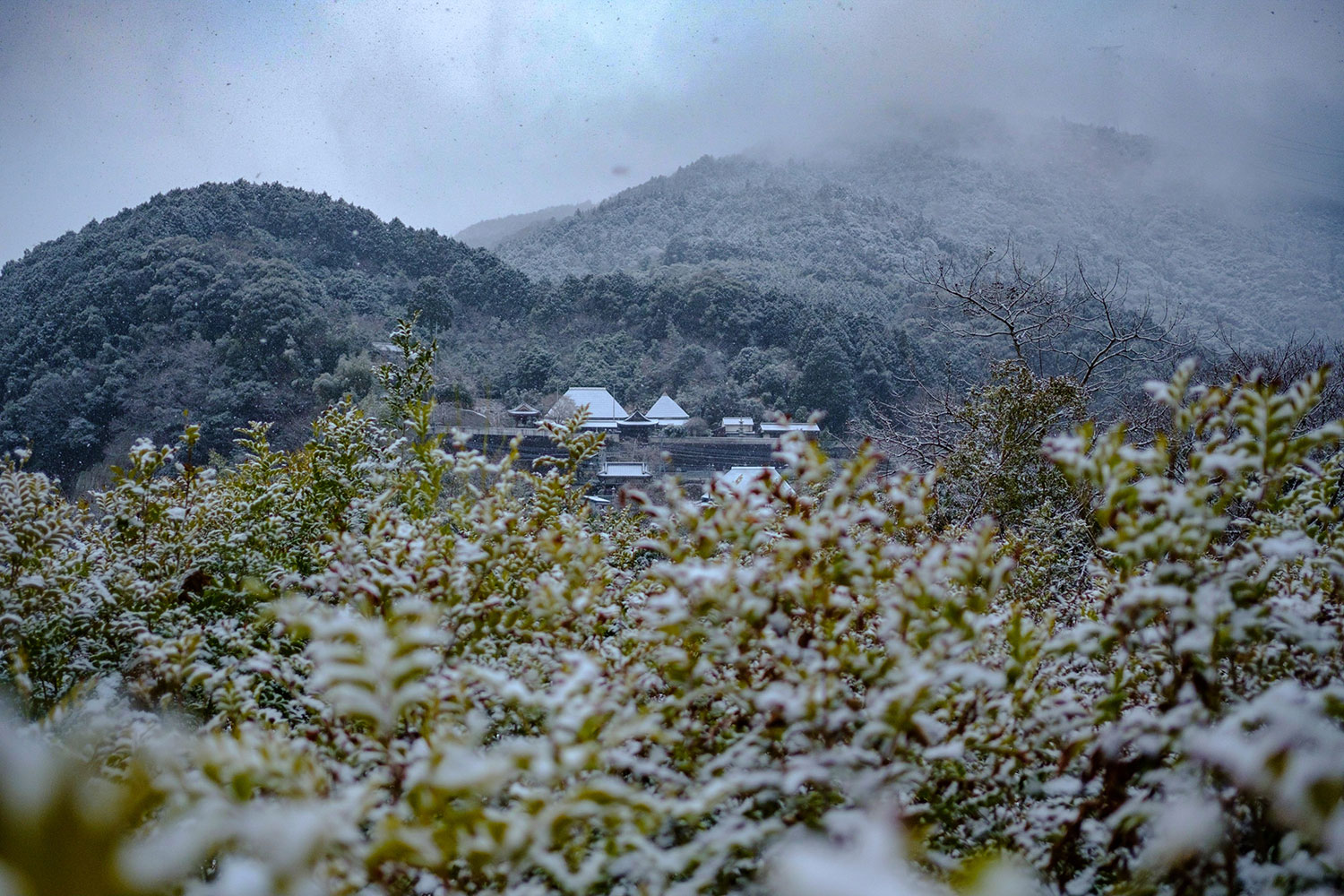
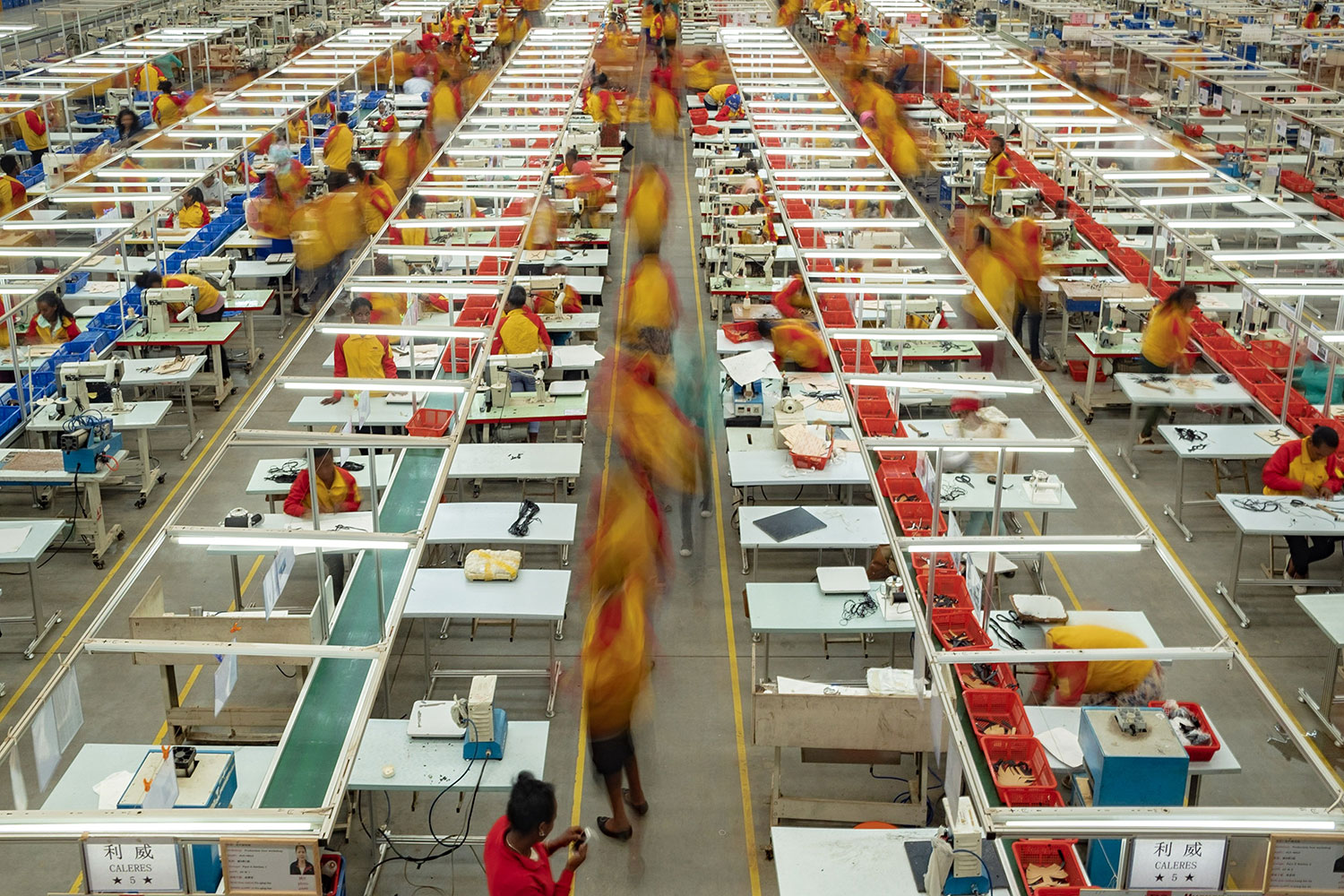



Albert Smith
January 1, 2021 @ 2:45 pm
Looking at your very nice images here makes me think that I have not yet used my X-Pro2 to its fullest potential. I bought mine right at the beginning of 2020, so it has captured nothing more than what is contained within several blocks of where I live.
It is good to know that it will stand up to what I can put it through when this pandemic ends. Thanks for sharing both the images as well as your experiences with various hardware.
Colin Lines
January 11, 2021 @ 4:16 pm
A really interesting life story accompanied by a collection of amazing images.
I am envious of your world travels. Thank you for posting this article.